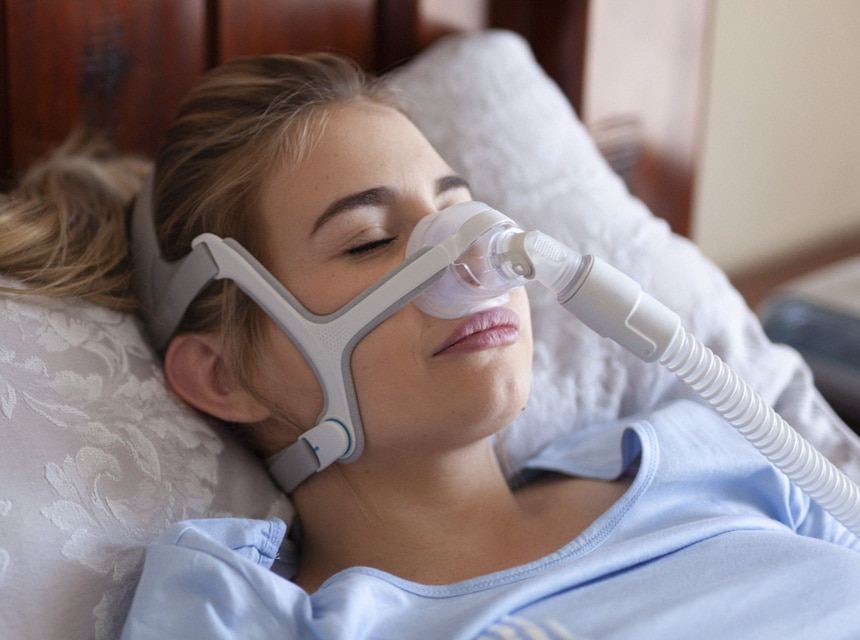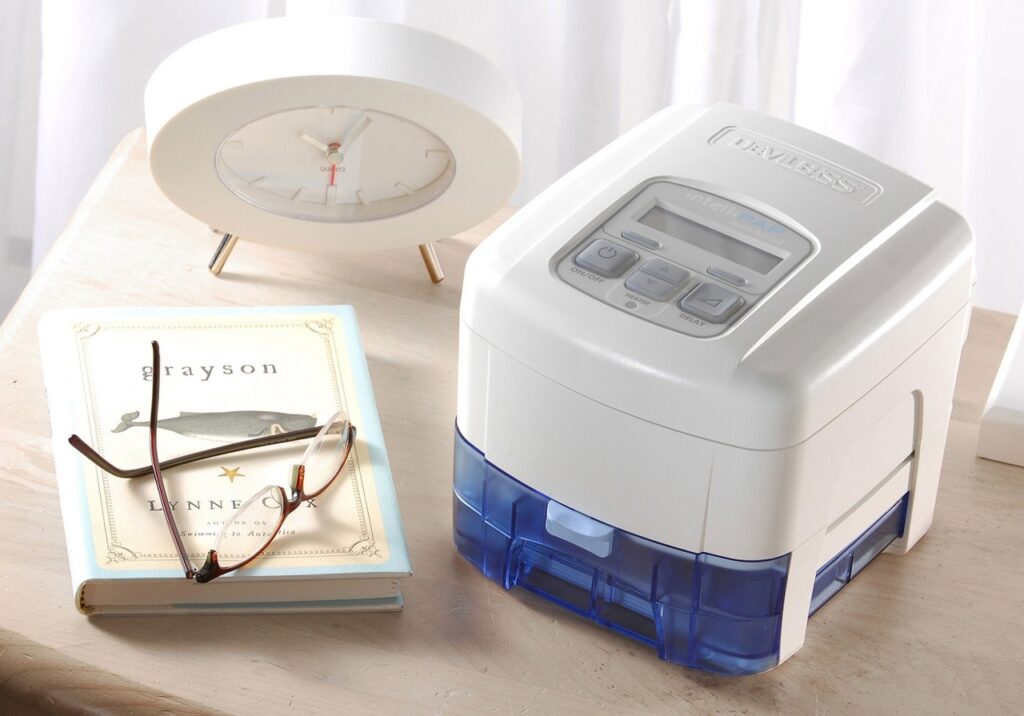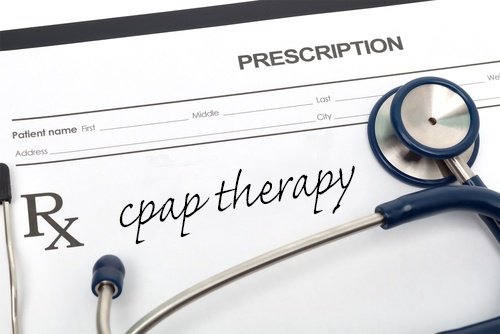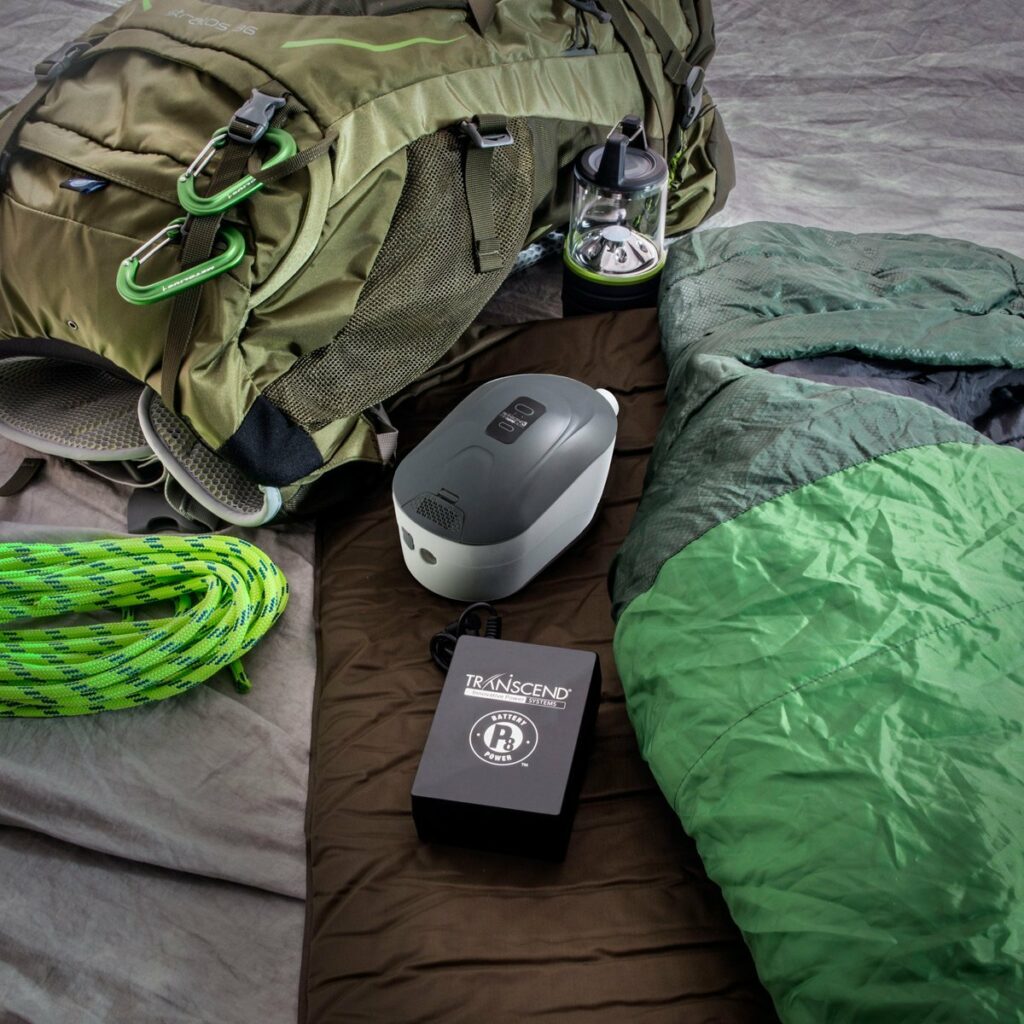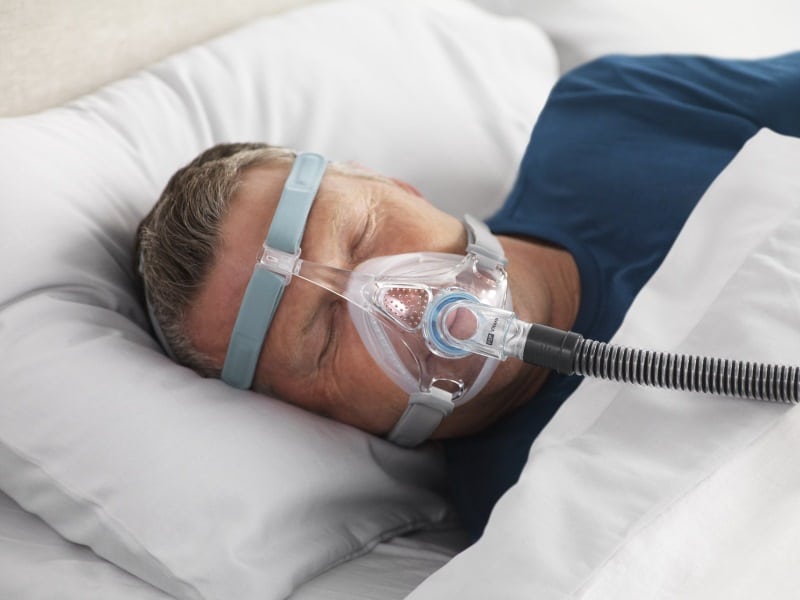

According to a survey conducted by the American Academy of Sleep Medicine Trusted Source Is it more than a snore? Recognizing sleep apnea warning signs | AASM Snoring can be a sign of obstructive sleep apnea. Learn more about the dangers of ignoring this sleep disorder. aasm.org , almost 70% of citizens of the United States who sleep in the same space as their partner indicated that their partners snore while sleeping. Snores cause loud and snorting noise during sleep, and this is due to the restriction of airflow, reducing the amount of air that gets to the lungs. This unconscious act does not just make your partner unable to fall asleep; it also increases your sleep disruptions, leading to insomnia.
However, EPAP (expiratory positive airway pressure) can be used to treat this. A nasal EPAP does not allow your airways to be closed while sleeping, thus allowing normal breathing, which prevents any form of sleep disruption.
In the remaining part of this article, we’ll be dishing out everything you need to know about EPAP therapy, starting from what EPAP is.
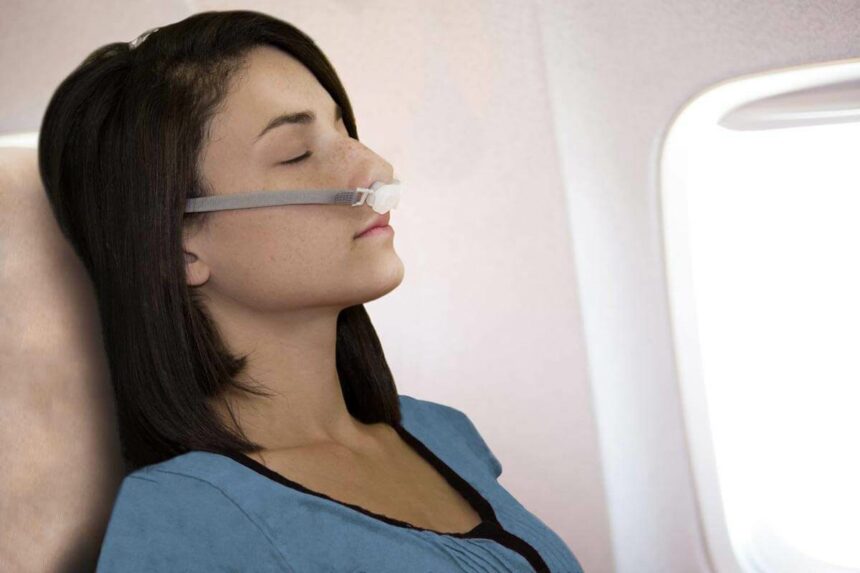
EPAP Trusted Source A Novel Nasal Expiratory Positive Airway Pressure (EPAP) Device for the Treatment of Obstructive Sleep Apnea: A Randomized Controlled Trial | NCBI A novel expiratory positive airway pressure (EPAP) nasal device has been developed to provide a new therapeutic option for OSA (Provent Therapy, Ventus Medical Inc., Belmont, CA). www.ncbi.nlm.nih.gov , as it is shortly called, is a device that ensures easy flow of air (inhalation and exhalation) while sleeping. An EPAP device works by applying pressure to your airways when you exhale, leaving it open till you have your next inhale.
A one-way valve is used to produce pressure in an EPAP machine. You inhale through the valve, and when you exhale, the air comes out from the side of the machine, which creates positive pressure behind your throat. It is designed to work this way because when you are breathing out, your airway is liable to be restricted, and sleep apnea tends to develop. One other way to tackle issues related to apnea is sleeping with a specifically designed pillow that ensures that your airways remain open.
An EPAP device must possess some attributes as these qualify the sleep support machine as the best in treating obstructive sleep apnea. A number of the attributes are:
Before a sleep support device can be recommended for a person, the person must have been diagnosed to know the severity of his or her condition. This diagnosis is carried out to see the type of sleep support device to recommend as the usage cases differ.
After the necessary tests have been done, the expiratory positive airway pressure (EPAP) will be advised for patients with the following conditions:
Basically, there are two standard devices for treating obstructive sleep apnea – EPAP (expiratory positive airway pressure) and CPAP (continuous positive airway pressure). Both of them are very useful in specific cases.
While EPAP therapy is still a new method of treating sleep apnea, it’s the best choice for individuals who are unable to use CPAP devices on a regular basis. The consistent use of the CPAP has adverse effects. In cases where people desire to stop using the CPAP because of its effects, EPAP therapy is best.
EPAP vs. CPAP are two therapies that people with sleep disorders are being put on because they help to keep their airways open while sleeping. They allow free flow of air to the lungs, thereby curbing snores and other sleep disruption factors. Also, another alternative that people with sleep disorders recommend is the use of an Anti-Snoring Nose Clip – it keeps the nasal passage open, thus allowing free flow of air.
Their core differences between EPAP and CPAP will be discussed shortly.
The CPAP (continuous positive airway pressure) machine takes in air, filters it, and then sends it through a specific tube to the mask. With CPAP, you get the assurance that all levels of sleep apnea can be dealt with. The pressure created by the CPAP is maintained at a consistent level. There is always pressure, whether you are breathing in or out, which results in the constant opening of the airways.
On the other hand, EPAP (expiratory positive airway pressure) is not constant. There is extra pressure only during exhalation. The EPAP device has a 2-way valve, one for each nostril. The valve widens the nostril when it’s inserted, thereby allowing a better inhalation and when you try to breath out, things alter. The valve opens in the opposite direction, but only partially.
EPAP machines are lightweight and small. They don’t require batteries or electricity to operate. They are worn in and over the nose, and they incorporate a valve that produces pressure as an individual exhales. The next time the person inhales, the pressure ensures that the airway is still opened. Unlike a CPAP device, an EPAP device relies on the users’ natural breathing rather than forcing external air into the users’ airways.
On the other hand, a CPAP device is designed with a motor that forces filtered air into a person’s airway through a tube. A CPAP machine does not just create pressure when the user is breathing out; rather, it does so while inhaling and exhaling, thereby ensuring that the airway is opened all night. The entire system of a CPAP machine must be cleaned regularly, and some parts will need to be replaced once in a while. Although some CPAP devices are powered by batteries, majorities are powered by electricity and must be plugged in.
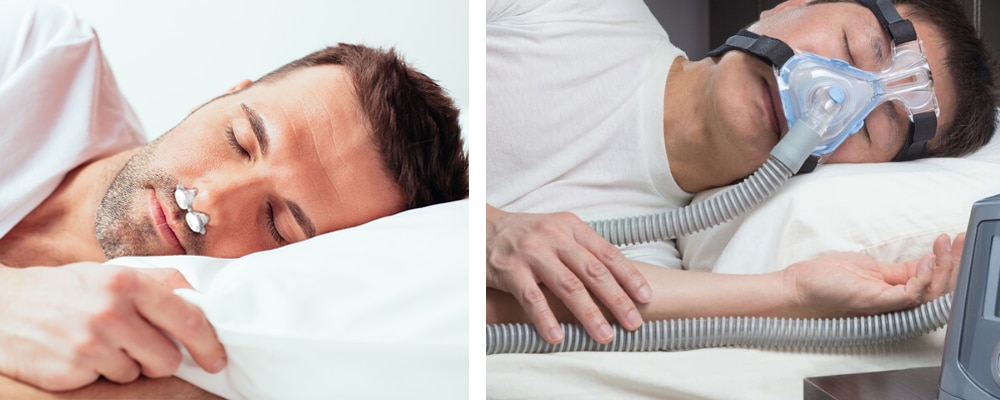
EPAP devices are more comfortable due to their portability and easy-to-fit feature. Patients often prefer EPAP therapy over CPAP therapy because of its ease of use; this is one of the most appealing aspects of the sleep support device. Also, many people prefer EPAP therapy to CPAP therapy because the pressure is not enforced on the body via a machine. Instead, it is created by the user, which reinforces its naturality.
Another sleep support device that gives premium comfort is Breas VIVO 40 BiPAP ST – it is automatically designed to tune to your breathing style; your sleep doesn’t get interrupted because you want to adjust it.
The CPAP machine is hefty and has a time-consuming setup that is much of a deterrent for many people. It can be hard to sleep wearing a mask that covers both your nose and mouth at the same time.
As a result of the regular use of the CPAP machine, an individual becomes open to many other health concerns, such as skin irritation from the mask, stomach bloating, running nose, and dry throat. Because of these bad effects, many people don’t use the device as often as they should, which reduces the effectiveness of their obstructive sleep apnea therapy.
Some people also cease using their CPAP devices because they feel their sleep apnea is not severe. Another set of people find it unpleasant, awkward, suffocating, or embarrassing to use the CPAP device. In contrast, another group of people complains that the CPAP noise keeps them awake at night.
Other than the three disparities discussed above, the table below explains the difference between the two sleep support devices.
| EPAP | CPAP |
| Creates pressure during exhalation | Creates pressure during inhalation and exhalation |
| Very portable | Not portable |
| Very comfortable to use | Not comfortable to use |
| Fits easily | Does not fit easily |
| Has little side effect risk | Has a lot of side effect risk |
| Does not need a power supply to function | Requires power supply to function |
| Does not make noise | Makes noise |
| Does not need serious maintenance | Requires routine cleaning and maintenance |
| Less effective for people who breathe through their mouth | More effective for people who breathe through their mouth |
Compliance with the physiology of an individual is the major determinant of a fit sleep support device. This is one of the serious challenges that other devices except EPAP devices are facing. Dryness, ill-fitting devices, noise from the machine, tightness, and other factors can cause a device to languish in a cabinet unused.
The EPAP device generally helps to lessen discomfort as it is portable, easy to use, and requires less effort to maintain. Most significantly, it fits across the nose.
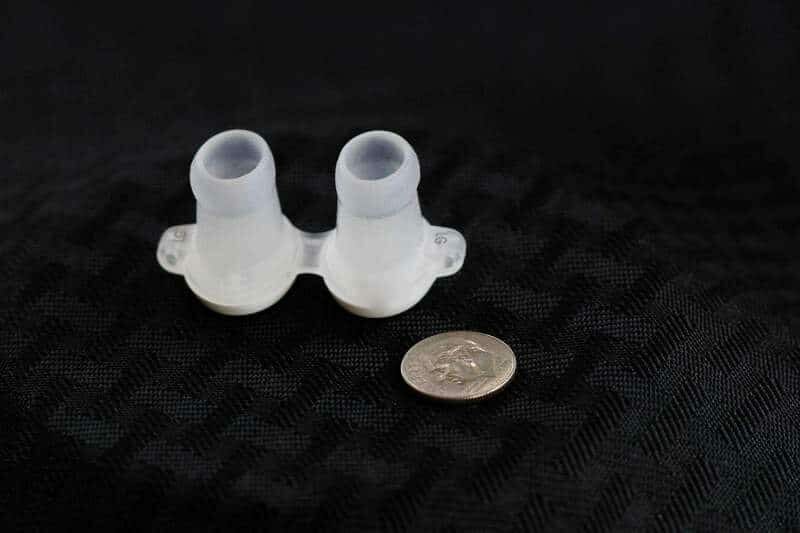
Having a snoring partner can cause so much disturbance in your sleep that you might start to have very deadly insomnia. However, with the use of EPAP (expiratory positive airway pressure), a solution can be provided. The device ensures that your airways are free during sleep, thereby preventing any sign of obstructive sleep apnea.
Everything you need to know about the sleep support device has been discussed in the article. All you have to do is to make sure you use it as often as necessary. Also, you might need to see your doctor if the disruptions continue.
